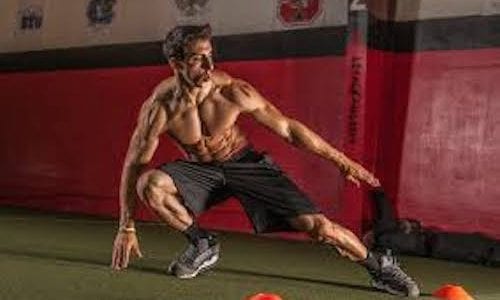
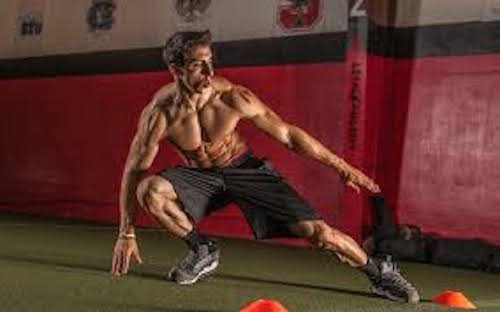
TRAINING TIME: Four Keys to Control and Agility
CalHiSports Insights December 20, 2013 Tim Rudd 0

Having quickness is one thing. What if you want quickness with great body control too?
When you see an athlete who is agile and quick you never forget it. They look as though they are effortlessly floating across the field or court of play. They can cut and change directions faster than anyone else in the game, and do so with great body control. Their secret? They know the keys to control and agility!
My four keys to control and agility—
The qualities that an athlete must posses to have the ability to control their bodies with such precision:
>> The athlete must have great proprioceptive awareness. The nervous system — the nerves in the muscles, tendons, joints, and ligaments that feel pressure, speed, and other forces.
They tell the body how to regulate its position all the time. This allows the athlete to make subtle to massive adjustments quickly and accurately resulting in a high level of control.
>> The athlete must have great force absorption (stopping strength) as well as force production (starting strength). This is critical when changing direction.
When the athlete puts on the brakes it isn’t usually just to stop. It is to get going in a new direction quickly. Athletes that can quickly go from the “stopping” to the “going” or deceleration to acceleration will be quicker overall.
>> The athlete must have a great ability to reposition the feet in any direction around his or her center of mass.
This means the athlete should be able to replace the feet on angles that promote a positive deceleration or acceleration angle.
Stay in the Tunnel for more control and agility—
>> The athlete must understand how to maintain proper levels, or be able to go in and out of level changes so it doesn’t disrupt the quickness of acceleration. I like to use the term “staying in the tunnel.”
This simply means the athlete understands staying low in order to create optimal acceleration and deceleration angles without any unnecessary up or down movement of the body.
Tim Rudd is an IYCA specialist in youth conditioning and owner of Fit2TheCore.
Image courtesy www.opstudiohk.com
[bsa_pro_ad_space id=18]

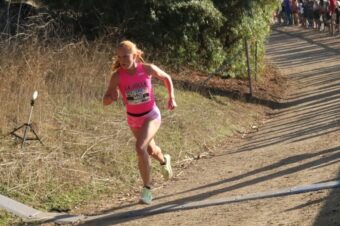


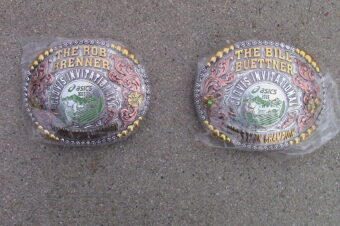


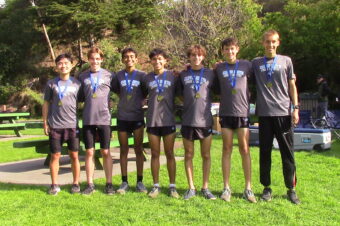

No comments so far.
Be first to leave comment below.